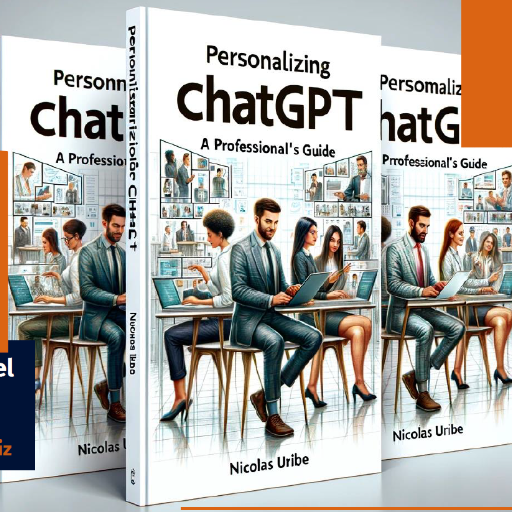US Cultural Navigator-cultural and language learning assistant
AI-powered tool for understanding American culture and language nuances
What does this American slang mean?
Can you explain this cultural reference?
What's the meaning behind this acronym?
Help me understand this phrase from American social media.
Related Tools
Load More
American History
Comprehensive U.S. history guide with a teacher-like tone.

US Tax Law Navigator
Formal, professional US tax law expert.

Census Explorer
Ask analytic questions about US Census data

Hierarchy Navigator
If you crave a systematic approach to learning, I'm your Knowledge Architect. I'll navigate you through comprehensive knowledge hierarchies, step by step, in any subject you choose. Share this systematic learning method with your friends to elevate their

Assists with Googl e Maps
It is designed to help users discover new places by providing detailed information about the area and a detailed description of the history, culture, and interesting facts of the location through Google Maps.

Niche Navigator
Expert in Digital Marketing and Niche Selection
20.0 / 5 (200 votes)
US Cultural Navigator Overview
US Cultural Navigator is designed to assist users, especially non-Americans, in understanding various aspects of American culture, with a specific focus on language and communication. Its primary function is to help individuals grasp the nuances of American slang, idiomatic expressions, acronyms, and colloquialisms, while also explaining the contexts in which they are typically used. The tool aims to bridge cultural and linguistic gaps, helping users not just understand words but also use them appropriately in different settings. For example, a user unfamiliar with the slang term 'bet' might assume it refers only to gambling. US Cultural Navigator would explain that in casual conversation, 'bet' is often used to express agreement or affirmation, like saying 'okay' or 'sure.' This contextual understanding enables users to feel confident when communicating with native English speakers in informal settings.

Key Functions of US Cultural Navigator
Explaining American Slang
Example
Term: 'lit'. Meaning: Used to describe something exciting or enjoyable.
Scenario
A non-native English speaker sees a friend post on social media, 'The party was lit!' US Cultural Navigator explains that in this context, 'lit' means the party was lively and fun, not literally on fire.
Clarifying Acronyms and Abbreviations
Example
Acronym: 'LOL'. Meaning: Laugh Out Loud.
Scenario
An international student receives a text message from a classmate that says 'LOL' after sharing a funny story. US Cultural Navigator explains that 'LOL' is commonly used in digital communication to indicate amusement.
Guiding Use of Idiomatic Phrases
Example
Phrase: 'Break a leg'. Meaning: Wishing someone good luck, especially in performance.
Scenario
A non-American is confused when a coworker says 'Break a leg!' before a presentation. US Cultural Navigator clarifies that this is a traditional way to wish someone success, particularly in a theatrical or public performance context.
Ideal Users of US Cultural Navigator
International Students and Professionals
These users benefit from US Cultural Navigator because they may be unfamiliar with casual American English, which differs significantly from formal English taught in schools. Understanding slang, abbreviations, and cultural references is essential for effective communication in social settings, classrooms, or workplaces.
Non-Native English Speakers in Multicultural Work Environments
Professionals who work in environments where American cultural references and slang are commonly used can struggle with communication nuances. US Cultural Navigator helps these users grasp the informal language they might encounter in meetings, emails, or casual conversations with colleagues, making it easier to integrate into the workplace culture.

How to Use US Cultural Navigator
1
Visit aichatonline.org for a free trial without login, also no need for ChatGPT Plus.
2
Once on the platform, familiarize yourself with the interface. You’ll find text boxes where you can ask cultural and language-related questions or request explanations of slang, idioms, and acronyms.
3
Enter your query, whether it’s a cultural concept, a specific word, phrase, or common slang. The more context you provide, the more detailed the answer will be.
4
Review the response. If you need further clarification or additional examples, you can follow up with more specific queries.
5
To maximize learning, use the tool regularly for common use cases like navigating American English, understanding idiomatic expressions, or improving conversational skills.
Try other advanced and practical GPTs
US General Aviation Expert
AI-powered aviation insights and support.

New GPT
AI-powered tool for all your tasks.

Master of Mastery
AI-powered tool for deep learning.

scala
AI-powered Scala insights for developers
Music Composer Analysis작사 작곡
AI-powered music composition and analysis.

Activity Creation | QA Engineering | EnglishCode
AI-powered QA training activities for professionals

US GAAP Advisor
AI-powered US GAAP accounting advisor

Anti AI Detector Tool
Transform AI Text to Human-Like Content

Simple Answers
Quick, clear answers with AI power

Grammar Guardian
Refine your writing with AI precision.

ChatGPT Personification Bot
AI-Powered Expert Profiles, Ready to Serve.

Resume Builder
AI-powered resumes for every career.

- Language Learning
- Business Communication
- Casual Conversation
- Cultural Insights
- Slang Explanation
Top Questions About US Cultural Navigator
What is US Cultural Navigator?
US Cultural Navigator is an AI-driven tool designed to help users, especially non-Americans, understand and navigate American culture. It focuses on clarifying slang, idioms, acronyms, and cultural references, providing detailed examples and explanations to help users incorporate these into their everyday interactions.
Who is the target audience for US Cultural Navigator?
The primary audience is non-native English speakers or individuals unfamiliar with American culture, such as international students, expats, or professionals working with American counterparts. The tool helps them understand cultural nuances and language specifics more clearly.
What types of queries can I ask?
You can ask about American slang, idiomatic expressions, buzzwords, and cultural concepts. Whether it's understanding the meaning of 'bet' in casual conversation or clarifying cultural references, the tool provides detailed explanations and usage examples.
How is US Cultural Navigator different from a dictionary or translation app?
While dictionaries provide definitions, US Cultural Navigator offers in-depth explanations, including context, tone, and cultural relevance, particularly for informal language like slang or idioms. It also helps users learn how and when to use certain expressions appropriately.
Can US Cultural Navigator help improve my conversational English?
Yes! By providing context, examples, and cultural insights, the tool can enhance your understanding of how Americans use language in everyday conversation, helping you sound more natural and fluent.